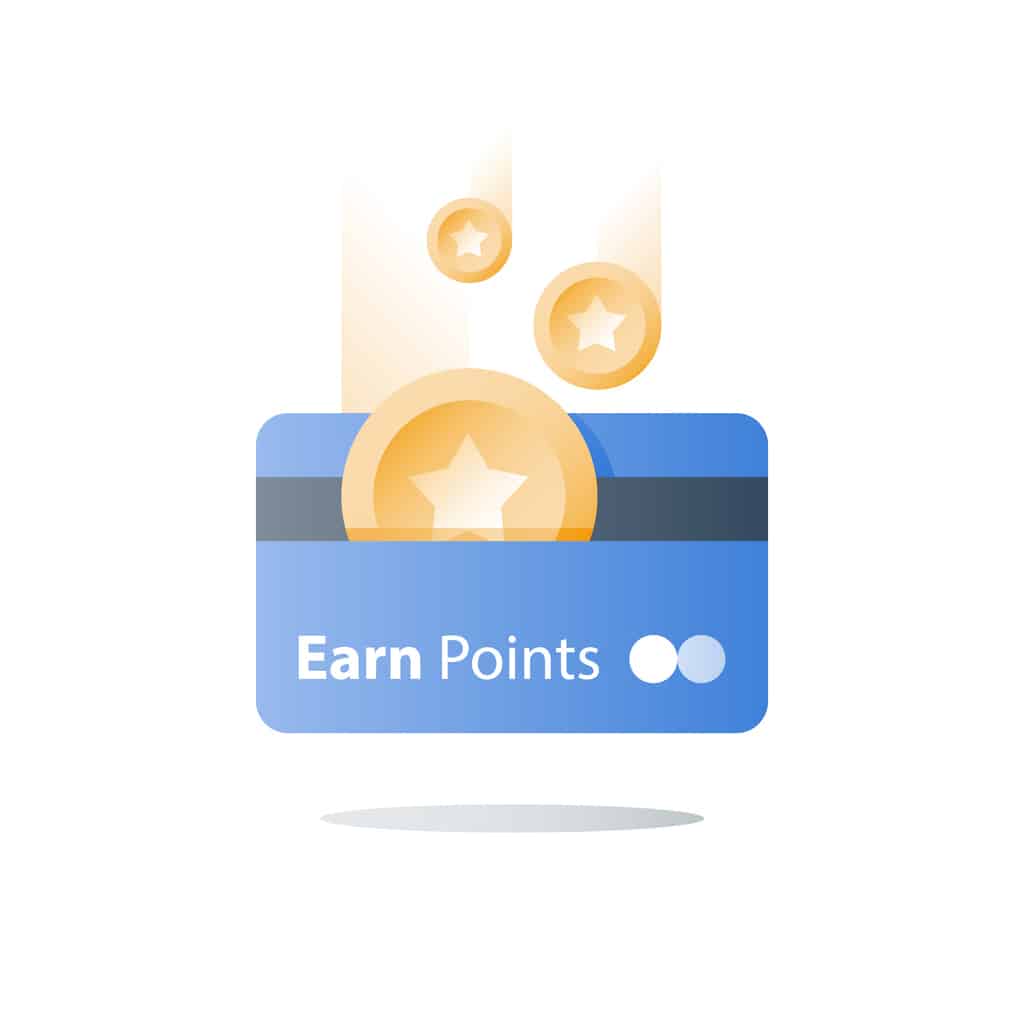Three Ways a Loyalty Program Helps You Keep Customers – and Find New Ones
We’re living in an exciting time for loyalty marketing. Businesses of all shapes and sizes have access to tools that can help them boost customer retention and keep customers engaged at all stages of the purchase process. But how exactly does a loyalty program do this for businesses? And how can it help e-commerce companies?
It can help because every industry is competing to get their content seen and their products recognized and purchased. As companies have focused on producing marketing media, it’s essential to create a strategy that focuses on retaining loyal customers and organically attracting new ones, rather than blindly competing for new eyes with advertising alone.
This article explores three ways loyalty programs can be used as an all-around marketing tool for current customers as well as new leads, too. But first, let’s define a loyalty program.
Here’s what a loyalty program is not:
A traditional punch card or plastic card is not enough in today’s market (and may not even be practical at all in the B2B arena). Furthermore, offering a point per dollar that only gives clients the chance to redeem for a discount later isn’t overly compelling, especially if you’re already asking clients to commit to long-term contracts. Rewarding for purchase can be perceived as gimmicky – even if you’re a retailer. So when you’re working outside of retail, there really has to be something else to make the program worth engaging.
That being said, here’s what a loyalty program should be:
A loyalty program should reward all things that add value to your business, as well as to customers. For example, customers can get rewarded for watching how-to videos or downloading your latest e-book. Or they can get points for filling out a form or telling you more about themselves, which allows you to communicate more relevant information later on.
Wholesalers, sports brands, career services providers, or even developers – all of these outside of the realm of a standard loyalty program – should integrate programs into the most convenient places for customers. That may be in a web store or a mobile app, thus reducing the bulk of having to worry about carrying another card or worrying about a separate application. And wherever it is, the experience should be seamless.
Here are three ways a loyalty program can make a difference.
1. Increase average purchase value with more ratings and better rewards
Clients, buyers, customers. It doesn’t matter what they need, they’re all human. And the same principles of psychology work in B2B – as long as the content and offers are relevant.
A loyalty program should be built or customized to offer the most value to customers, answering frequent questions or solving problems. And in the end, it should also drive more frequent purchase, or basket value. There are several elements you can use to do this.
Reviews, ratings and testimonials are key. Automatic communication to customers who made a recent purchase can prompt customer reviews in return for more points. Showcasing reviews of your products from repeat customers builds trust and actually saves your online shopping clients from having to search Google to find out what others are saying about the products. Since people trust reviews from customers 88% more than what brands are saying about themselves, this is crucial in terms of building social proof.
Standout rewards are another key to increasing average purchase value. Knowing that you would get more points with that extra product, getting you closer to that amazing reward is definitely motivation. Profession.hu is a job portal that has offered classes as rewards – professional courses held by industry experts. So be smart with your rewards and give customers exactly the value they seek.
2. Keep in touch, in a timely manner
Marketers understand the need for newsletters and regular email communication. But the question remains: how can you make these communications more personal and relevant?
Automated emails related to customer actions are a great way to do that. We already mentioned one way this works – checking in after a recent purchase. But it’s also a great way to get customers coming back to check in a little more frequently, with automated reminders of how many points the customer has collected and how close they are to the next great reward. That’s even more effective if you can display the rewards, especially when they complement their prior purchases or their interests.
Emails are also a way to check in with people who haven’t logged into the loyalty center a while to say, “Hey, check out our new product or our latest video.” That “Hey! We miss you!” factor can actually reactivate idle customers. It can also help you be seen as more proactive in terms of spurring recurring orders, i.e.; “Hi Tim! Your last order was placed in January – need a refill?”
Finally, earlier in the article we mentioned that loyalty programs can be used to encourage customers to fill out forms with more personal information or interests. This is key to creating the right kind of relevant communication that keeps customers opening your emails and acting on your offers, rather than sending them straight from the inbox to the trash.
3. Give incentive for customer referrals
There’s a myth out there that customer loyalty programs can only be used for current customers. The reality is that it’s a wasted opportunity.
And I don’t care what business you’re in, word of mouth is absolutely the most powerful form of marketing there is. Why? Because it comes with built-in trust. Someone you know or respect (presumably) has used the products or services and has actually liked it enough to recommend it. Period.
So a loyalty program should be a tool to encourage word-of-mouth, digitally. Share product pages or job listings to get the page seen by more people with a similar mindset to your current site visitors, on the appropriate social networks. Incentivizing shares with points and rewards is a great way to encourage more sharing and show that you appreciate it.
Taking it a step further, loyalty programs can activate new business, too. Your customer shares a product page from your site and gets some points for that action. Plus, whoever clicks on the shared post from your customer’s network can also receive an offer that makes the deal a bit sweeter, encouraging that first purchase, and – hopefully – gaining you another loyal customer.
Get seen and get more conversions with this simple principle: sharing is caring!
Make it memorable
It’s important to try and find ways to make the experience memorable for customers, no matter what you’re selling. And that’s why it’s also important to distinguish between traditional loyalty programs and effective loyalty programs.
Traditionally, loyalty programs were based on giving a point per every dollar spent (or maybe two dollars, but you get the idea) and letting customers spend those points for certain rewards, be that a discount, a freebie or maybe even “money back” towards another purchase. But I think many will agree that this is really just a promotional tactic to win the temporary attention of deal-seekers.
That’s why choosing the customer actions you’d like to boost -such as referrals, sharing, content consumption, or other engagements – and rewarding those actions is the future of loyalty. To read more about what makes a successful loyalty program, read the Definitive Guide to Loyalty Programs. We wish you much success in retaining your customers for the long run.

